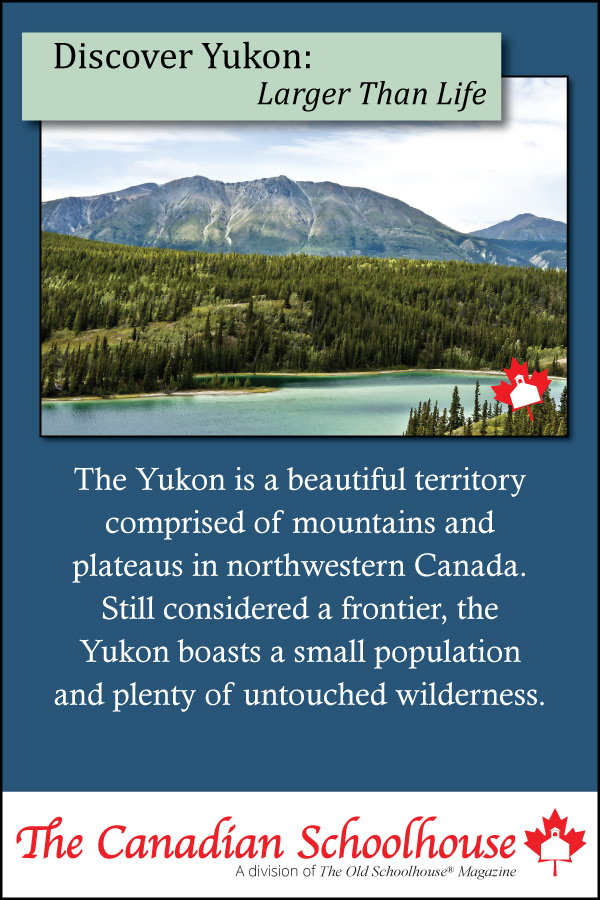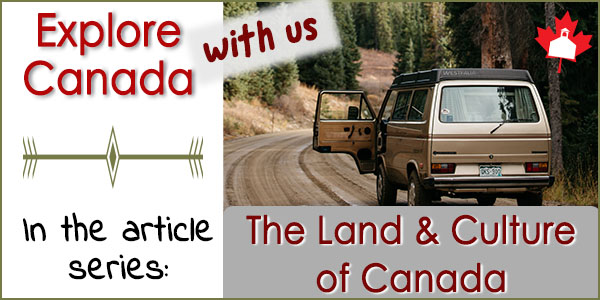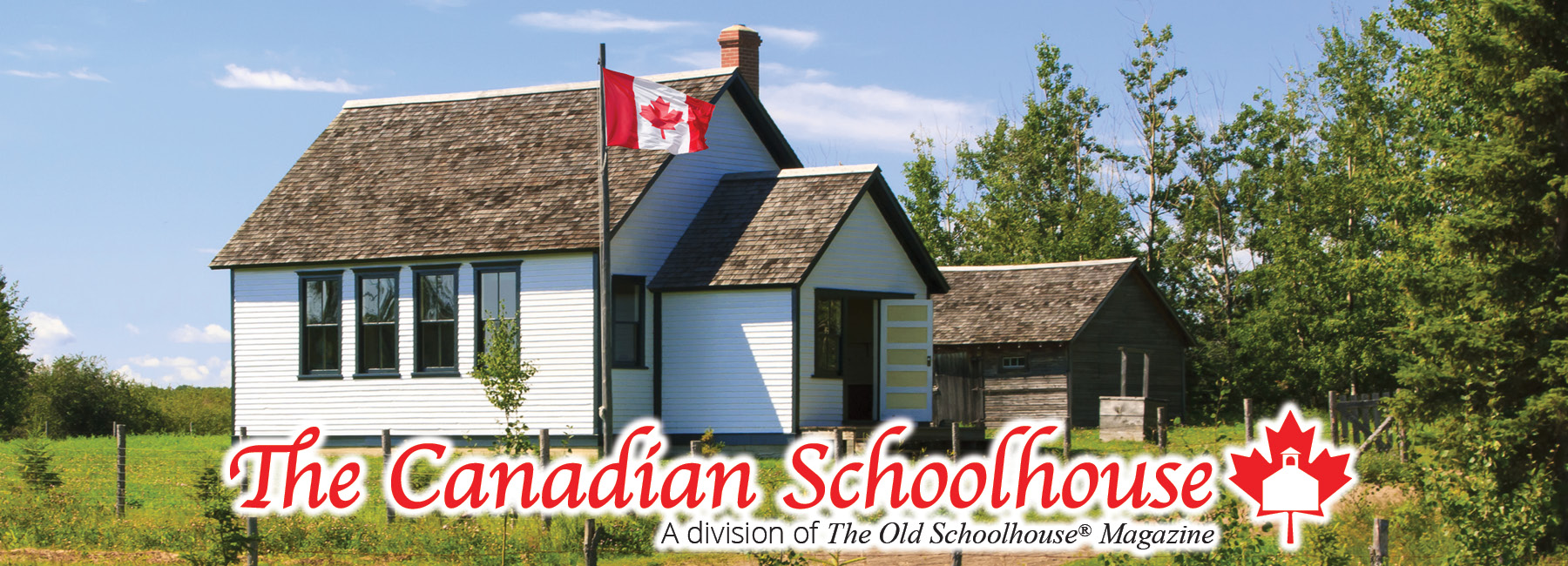
The Yukon is a beautiful territory comprised of mountains and plateaus in northwestern Canada. Still considered a frontier, the Yukon boasts a small population and plenty of untouched wilderness. The majority of the population of Yukon rests in the central plateau surrounded by mountains, providing a spectacular view and some of the highest mountain peaks in North America.
History Highlights
Yukon was one of the last to be explored by Europeans. However, archeologists have found remains from the Old Crow Basin which suggest that the area was one of the first locations of human habitation in North America.
The Yukon is best known for the Klondike Gold Rush of the 1890s. The discovery of gold at the Klondike River led to a gold rush to Yukon and eventually growth of settlements. This led to construction for easier access and a railway.
Yukon was separated from the Northwest Territories in 1898 and was known as the Yukon Territories until 2003, when it was changed to Yukon. Development has continued in the areas over the years, but it has not developed as quickly as the other territories. The climate and remoteness have limited the expansion, but the beauty of unspoiled wilderness remains.
Yukon Style Good Eating
This northern territory isn’t lacking in comfort food. Whether it’s hunted, foraged, or baked, these Yukon specialties speak to the resiliency of the residents and the land.
Moose – Steamed, smoked, or roasted. Moose meat is a specialty in Yukon.
Morel Mushrooms – Hunted everywhere but found in the forest fire laden areas of Yukon, these are a popular local delight.
Bannock – Cooked over an open fire, bannock is a simple bread that is as comforting as it is delicious.
Sourdough Bread – Made popular during the gold rush era by the miners that would bring the starter with their supplies as it wasn’t affected by the cold. Nowadays, it is a Yukon tradition, so much so there is even a festival named after the tasty bread.

Travel Yukon, Be Amazed
Even if you aren’t planning a trip to Yukon anytime soon, these popular travel destinations are still good to learn about and understand the unique features of God’s creation. The four sights below give you a quick peek at what natural landscapes are hidden in this northern territory, but for a more in-depth look at these and many other amazing places and sights, visit the Yukon Tourism and Culture site.
Miles Canyon – Created by ancient lava, this canyon is a mixture of cliffs and turquoise water.
Dawson City – Home to the Yukon Gold Rush, Dawson City is an old fashioned town with a lot of history. Explore the gold rush sites, visit the Dawson City Museum, or explore the beautiful landscapes of the area.
Kluane National Park and Reserve – Almost to the Alaska border, Kluane National Park is one of the largest protected wilderness areas in the world. The untouched and rugged land is beautiful!
Takhini Hot Springs – Relax and unwind in the natural hot springs. 107 degrees Fahrenheit all year round, this is a beautiful area to explore and relax.
Random Facts
- Sourdough Rendezvous is a celebration each February, of the history and culture of the Yukon.
- Whitehorse is referred to as The Wilderness City.
- Yukon is twice the size of Victoria.
- The landscape combines mountains, volcanoes, glaciers, forests, and rivers.
- The highest mountains in Canada are in Yukon, including the world’s largest non-volcanic mountain, Mount Logan. In fact, 17 of the 20 tallest mountains in Canada are in Yukon.
The Yukon’s untapped wilderness, rugged terrain, and climate may make for a lower population, but it leaves a lot of natural beauty to uncover and explore. From gold rush history to mountain peaks, the Yukon is a beautiful territory with a multitude of places to discover.
Learn more about Yukon with your children with these resources:
Yukon Facts and Worksheets from Kidskonnect
Yukon Facts and Worksheets from KidZone
Various digital resources about Yukon on Teachers Pay Teachers
This article has been written by homeschooling staff writers of The Canadian Schoolhouse (TCS). Enjoy more of our content from TCS contributors and staff writers by visiting our Front Door page that has content on our monthly theme and links to all our content sections.
Explore all the articles in The Land and Culture of Canada series.






















